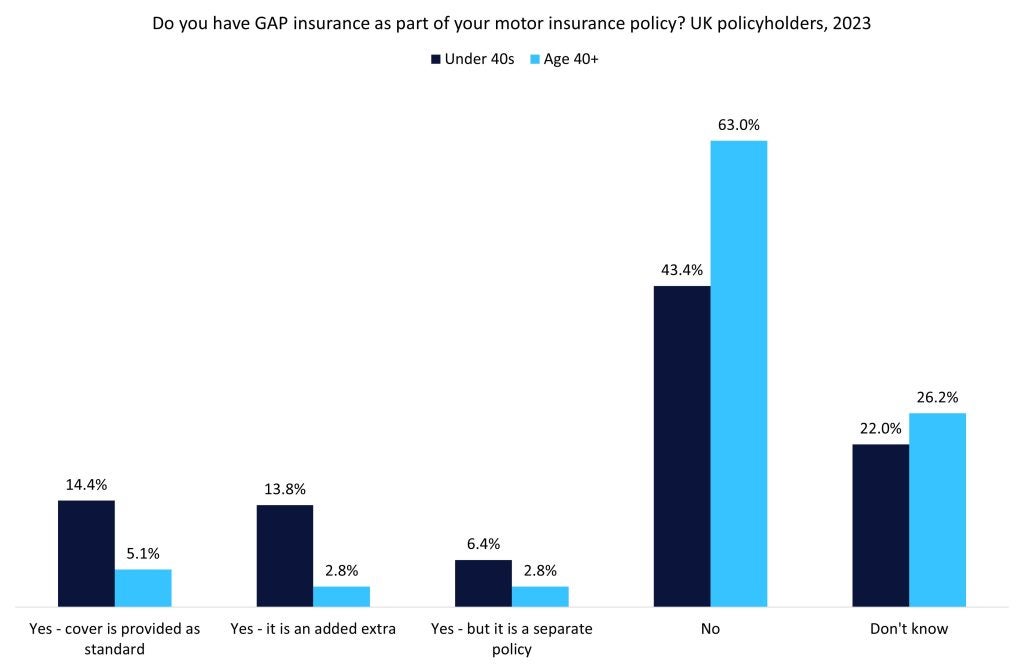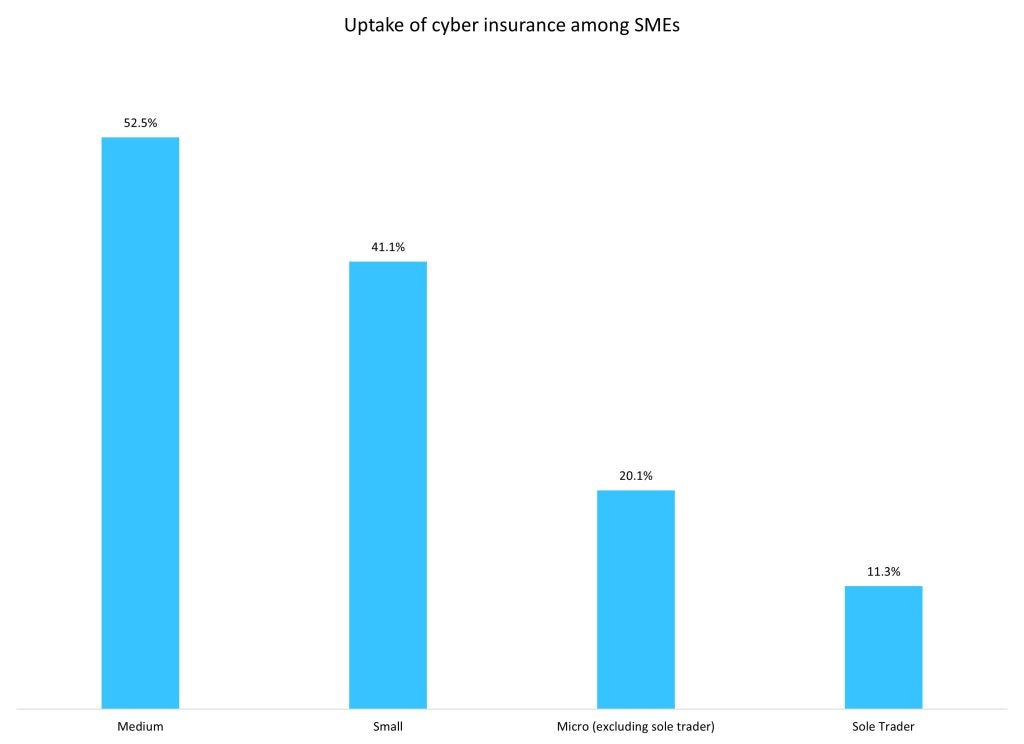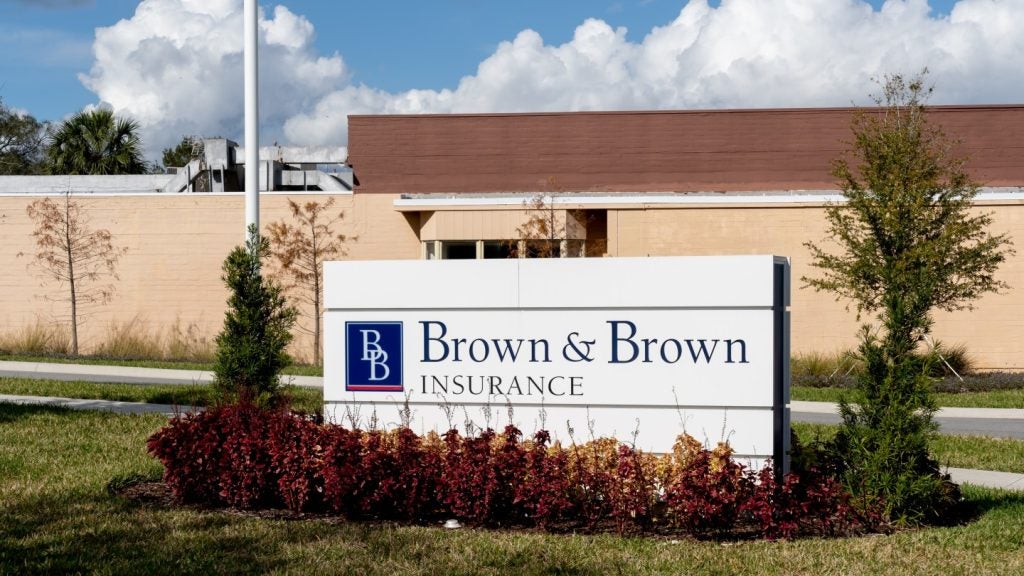
America is the insurance market most aggressively using social media, while markets in Latin America, Asia/Pacific and Europe, have low to no social media use, according to Gartner research.
The Gartner study, conducted at the end of 2011 with a sample of 62 North American life, and property and casualty (P&C) insurers, found that approximately 61% of life insurers and 42% of P&C insurers were already participating in social media, with another 16% of life and 19% of P&C insurers planning on adopting the tool in 2012.
As Gartner notes, the results debunk a perception that social media is more suited for P&C insurers due to the commoditised nature of the business.
The research also reveals that North America is the insurance market most aggressively using social media.
In comparison, markets in Latin America, Asia/Pacific and Europe, have low to no social media use, says the Gartner research. Kimberly Harris-Ferrate, an analyst at Gartner, says: "Life insurance is not a product you can really talk about on a regular basis.
Today what they’re finding is that consumer mentality of life insurance on social platforms is still emerging."
How well do you really know your competitors?
Access the most comprehensive Company Profiles on the market, powered by GlobalData. Save hours of research. Gain competitive edge.

Thank you!
Your download email will arrive shortly
Not ready to buy yet? Download a free sample
We are confident about the unique quality of our Company Profiles. However, we want you to make the most beneficial decision for your business, so we offer a free sample that you can download by submitting the below form
By GlobalDataHarris-Ferrate adds: "Life insurance is a complex product. I think some life insurance companies are staying behind [social media adoption] as an excuse."
In spite of the challenge for life insurers in engaging consumers on social media, Harris-Ferrate expects the topic of life insurance to be increasingly talked about over the next three to four years.
Engage with social media
Harris-Ferrate says: "So what we’re advising life companies to do is go out there, try it, test with it, play with it, [see] what’s being said about you, your company, and products in general."
Aviva is an example of one insurer that is actively adopting social media and it is yielding results.
After joining Facebook in 2010, Aviva’s profile page now boasts over 75,000 ‘likes’
as of 1 November 2012. It posts regular updates about the company on its profile page and receives strong participation from its customers, who post information, comments and feedback about
the insurer’s services and products.
Its Twitter profile is also active, with over 1,700 tweets reaching across over 5,500 followers as at 1 November 2012.
David Broom, Aviva’s global head of media, says social media has redefined what a consumer expects from a company.
Broom says: "Primarily, we use social media within the business to improve our servicing of stakeholders queries, complaints, requests and other interactions online. In doing so, we increase the degree `of insight to drive business growth, differentiation and innovation within product and service design."
"Social media is about conversation and as such we have evolved to use this platform to interact with and learn from our customers."
US-based insurer New York Life is another major user of social media and its Facebook page has over 310,000 likes, as at 1 November 2012.
It also currently has Twitter and LinkedIn accounts with over 42,000 and over 27,000 followers respectively, as at 1 November 2012.
The insurer says social media not only gives them exclusive access to customers, but it also enables them to reach people as they have never been able to do before.
Citing research released by software company Bazaarvoice, Dipayan Gupta, New York Life’s director of social media marketing, says social media has redefined what a consumer expects from a company.
When it comes to social media and insurance, Gupta notes that 83% of consumers say it would be important to read user-generated content before making a decision about
banking or other financial services.
In addition, the research says 30% of consumers have said they would never choose an insurance provider without reading at least one piece of user-generated content
Gupta explains: "By creating useful and, frankly, fun posts, we are not pushing out content to this audience on a daily basis, we are also encouraging interaction.
Each time a consumer engages with our content, their actions are broadcast to all of their friends
and followers."
Commenting on the link between insurers and customer service, Gupta says: "I recently attended the Dreamforce conference in San Francisco, and a panellist said something that really struck a chord: ‘customers are now collaborators.’"
Social media tools could therefore provide insurers with an efficient platform to deliver information to consumers and gain greater visibility along the way.
But insurers who have yet to implement social media tools within their businesses will need to speed up if they are to remain competitive with their peers.
Clear goals
But where to start? Firstly, a company’s use of social platforms is very much dependent on its individual strategy and goals, says Marie Politis, vice president of online experience for MassMutual.
"Each platform can be utilised in a distinct manner and can reach a different audience and therefore can be used to achieve varied strategic goals. We have focused our content on each social channel to reach specific audiences for varied reasons," says Politis.
When developing a social media strategy the Gartner research says all parties should have input on
the policies and procedures for social media use.
This means including IT, marketing, sales and distribution, customer service, claims and product development, as well as departments including fraud and human resources.
Gartner says the social media strategy should also be shared with all employees, partners and distributors.
This helps to educate users on the risks of social media use, including issues around regulatory compliance,
records retention and security of personal information.
It is also vital to ensure that all social media communications are personalised andcustomer issues are addressed.
For example, Gartner notes that mass posting of answers will be obvious to viewers and, depending on the situation, may be insulting.
It is therefore important to give careful attention to the context of the communication before posting replies to social media questions and complaints.
In addition to using social media tools for sentiment analysis, and identifying processes or issues that have repeat complaints or repeatable discussions, social media also offers insurers the ability to identify potential buyers of insurance products and assign them to a salesperson to follow-up.
In terms of the benefits of social media, Gartner’s research revealed that brand awareness topped the list for life insurers with 92% citing this.
A total of 79% of life insurers also cited product and customer intelligence as a benefit from social media.
Asked about MassMutual’s return on investment from social media, Politis says "Our success in the digital landscape is determined by a ‘return on objective’ concept, and the landscape continues to mould our vision for success."
Debra Cruz, vice president for user experience and social media at MetLife, says the provider’s current engagement scores on social media, which measure how actively engaged consumers are through their liking, commenting on or sharing of posts, is 39% – a score that she says is quite high within the industry.
The Gartner study revealed that 67% of life and 55% of P&C insurers thought social media would help them drive revenue growth.
However, it warns that many companies are "overly obsessed" with this and fail to realise the challenges of using social media as a revenue channel. Today, social media platforms do not have the capability to bind a policy or close a sale, requiring that the final sales process be moved offline or to a website, says the study.
Although this may change in future, Gartner does not expect this to be the case for the next three to five years. Therefore, the point is that social media is currently a tool to help lead generation only.
The Gartner study also found that many companies are not investing in the IT tools required to support social media initiatives.
Less than 50% of insurers are using tools to automate the tracking of social media, and significantly fewer are conducting a pattern analysis of social media content.
Many are, however, looking to leverage new technologies to support auditability of social media, including storage of social media content and discussions in an enterprise content management or similar system.
Concerns over regulatory compliance are driving this investment. In the US, Politis says the many US legal
and compliance regulations regarding consumer communications in financial services pose a challenge to many in the industry who may want to establish a social media presence.
To overcome this obstacle, Politis says: "Early in the process of developing a social media strategy, we forged a strong and ongoing partnership with key contacts in our legal and compliance departments, which has only strengthened as we have expanded our presence."
Another key area for insurers to be aware of is how to engage if a social media conversation
turns negative. Politis says: "We have a robust digital response plan in place that outlines process and procedure for a number of scenarios and when and how to respond.
On occasion, we have even seen our engaged fans rising to the occasion and "self-correcting" negative
discussions or providing input to the community on their own."
From MetLife’s perspective, Cruz says: "Consumers see social media as a venue for honest and open dialogue, and when [MetLife] encounters negative comments we do everything we can to understand the
nature of the issue or concern, and to address it to the extent possible using members of our
trained customer service support group."
Looking ahead to the future of social media in life insurance, Gupta says: "My generation shares information – we ask each other for advice before making a purchase and do extensive online research to see what
other people are saying about companies that we are considering. This is how we consider working for a company in the first place, as well. If a company is not in social media, they will miss out on a generation of consumers."
As Politis says: "We firmly believe that the best way to purchase financial and insurance products is through personal, face-to-face interaction; but the pre-purchase research and recommendation process is moving online and may soon be entirely digital, mobile and social.
"Insurers that are not highly visible in the pre-purchase phase may soon find themselves become irrelevant and as a result, may find themselves losing customers as well as opportunities."







